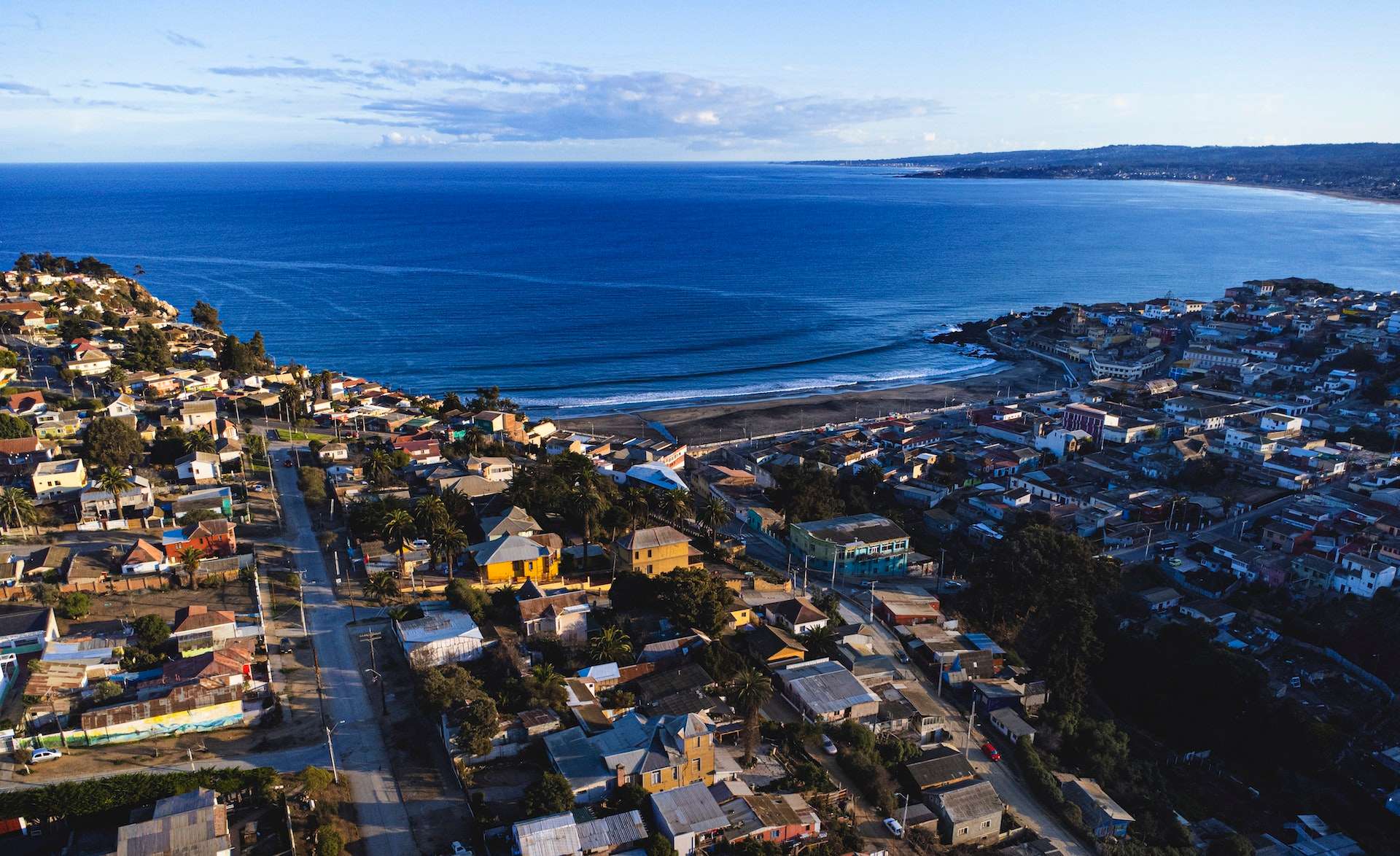Vancouver weather is known for its mild temperatures and abundant rainfall. The city is located in the Pacific Northwest region of Canada, which experiences a temperate maritime climate. This means that Vancouver has relatively mild winters and cool summers, with the majority of the precipitation falling during the winter months.
The city’s location on the coast also means that it is influenced by the Pacific Ocean, which helps to moderate the temperatures and bring in moist air. This results in a relatively mild climate, with an average high temperature in the summer of around 22 degrees Celsius (72 degrees Fahrenheit) and an average low temperature in the winter of around 4 degrees Celsius (39 degrees Fahrenheit).
Vancouver also receives a significant amount of rainfall throughout the year, with the majority of it falling between November and March. The city’s average annual rainfall is around 1,200 millimeters (47 inches), with the wettest month being December. However, even during the rainy months, there are still many sunny and clear days.
The table below shows the average low and high temperatures and rainfall for each month in Vancouver:
| Month | Low (°C) | High (°C) | Low (°F) | High (°F) | Rain (%) |
|---|---|---|---|---|---|
| January | 3 | 8 | 37 | 46 | 175 |
| February | 3 | 8 | 37 | 46 | 150 |
| March | 4 | 10 | 39 | 50 | 125 |
| April | 5 | 12 | 41 | 54 | 100 |
| May | 7 | 15 | 45 | 59 | 75 |
| June | 9 | 18 | 48 | 64 | 50 |
| July | 11 | 20 | 52 | 68 | 25 |
| August | 11 | 20 | 52 | 68 | 25 |
| September | 9 | 18 | 48 | 64 | 50 |
| October | 7 | 15 | 45 | 59 | 75 |
| November | 5 | 12 | 41 | 54 | 100 |
| December | 3 | 8 | 37 | 46 | 125 |
When it comes to deciding the best time to visit Vancouver, it ultimately depends on personal preference and what type of weather and activities you enjoy. However, some general guidelines can be helpful in making a decision.
If you enjoy mild temperatures and minimal rainfall, the summer months of June to August are the best time to visit. The temperatures are warm, but not hot, and there is less rainfall during these months. This is also the perfect time to enjoy outdoor activities such as hiking, biking, and swimming.
If you prefer cooler temperatures and enjoy outdoor activities such as skiing and snowboarding, then the winter months of December to February are the best time to visit. The city is home to several ski resorts located within a short drive from the city, and the snowfall can be quite heavy during these months.
If you want to experience the beautiful fall foliage and mild temperatures, then September and October are the best time to visit. The city’s many parks and gardens offer a spectacular display of fall colors during this time, and the temperatures are still comfortable for outdoor activities.
For those who enjoy the rain, the months of November to March are best time to visit, as this is when the majority of the city’s rainfall occurs. This can be a great time to explore the city’s many indoor attractions such as museums, art galleries and shopping centers.
In conclusion, Vancouver’s mild weather and abundant rainfall throughout the year make it an ideal destination for people who enjoy a variety of outdoor activities and indoor attractions. Whether you prefer mild summers, snowy winters, colorful fall foliage, or rainy days, Vancouver has something to offer for everyone. With it’s beautiful scenery, friendly people, and plenty of things to see and do, it’s a great destination for a holiday any time of the year.



